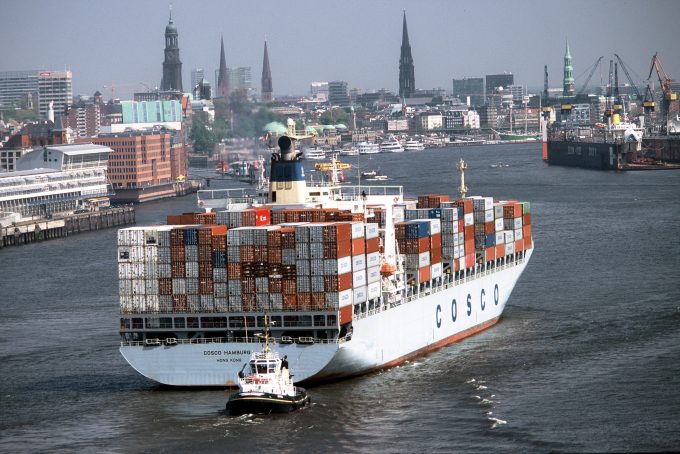MSC helps create 'a new trade norm' by accepting electronic bills of lading
MSC today started to accept electronic bills of lading (eB/Ls) submitted via Wave’s blockchain platform. Wave ...

Hundreds of days a year of wasted shipping time caused by berthing delays could be eliminated with a new universal just-in-time (JIT) port call system.
Shipping’s digital standards body, the Digital Container Shipping Association (DCSA), today published standard data definitions for the port call process, the ...

Comment on this article